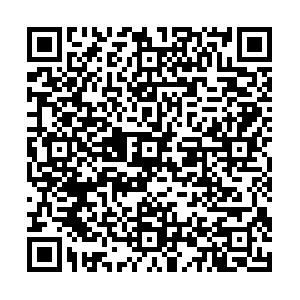摘要:
探讨浦东新区幼托机构聚集性手足口病事件与室内环境、气象等因素之间的关系,为托幼机构手足口病聚集性事件的防控提供科学依据.方法 应用方差分析、Pearson相关分析及多元线性回归模型对浦东新区涉及报告聚集性事件幼托机构91个班级室内环境因素及气象因素与手足口病事件关系进行研究,应用贝叶斯模型和克里格差值法对该类事件时空分布特征进行分析.结果 室内紫外线照度可能为聚集性手足口病事件保护因素,室内温度较高可能是危险因素;室外周平均风速和气压与该类事件呈负相关,周相对平均湿度和平均最低气温与事件数呈正相关(P值均<0.05);室内紫外线照度和温度纳入环境模型,对托幼机构手足口病病例罹患率影响的回归系数分别为-0.004和0.02;平均风速、气压和最低温度纳入气象模型,对托幼机构手足口病病例罹患率影响的回归系数分别为-11.68,-9.37,-6.45.结论室内环境因素及气象因素与聚集性手足口病事件有密切的关系,同时区域特征与其发生也有一定关系.应结合以上各因素开展及时、高效的防控措施.
Abstract:
Objective To explore the relationship among indoor environment, meteorological factors with clustering outbreaks of hand-foot-mouth disease (HFMD) in kindergartens in Pudong New area of Shanghai.Methods Data of indoor environment, meteorological factors were analyzed with variance, multiple regression analysis and Pearson's correlation.Temporal and spatial characteristics were analyzed with Bayesian model Kriging interpolation method.Results The ultraviolet, high wind speed, high atmospheric pressure associated with lower risk while high indoor temperature, high average relative humidity and lowest temperature associated with higher risk of outbreaks of hand-foot-mouth disease.Indoor ultraviolet illumination and temperature entered into the final environment model, with regression coefficients-0.004 and 0.02, respectively.The average wind speed, atmospheric pressure and minimum temperature entered into the meteorological model, with regression coefficients of-11.68, -9.37 and-6.45, respectively.Conclusion Indoor environmental, meteorological factors and the regional characteristics are closely related to the clustering outbreak of hand, foot and mouth disease in kindergarten.Comprehensive measures should be taken to prevent hand, foot and mouth disease contemporaneously and efficiently.

 点击查看大图
点击查看大图





 下载:
下载: